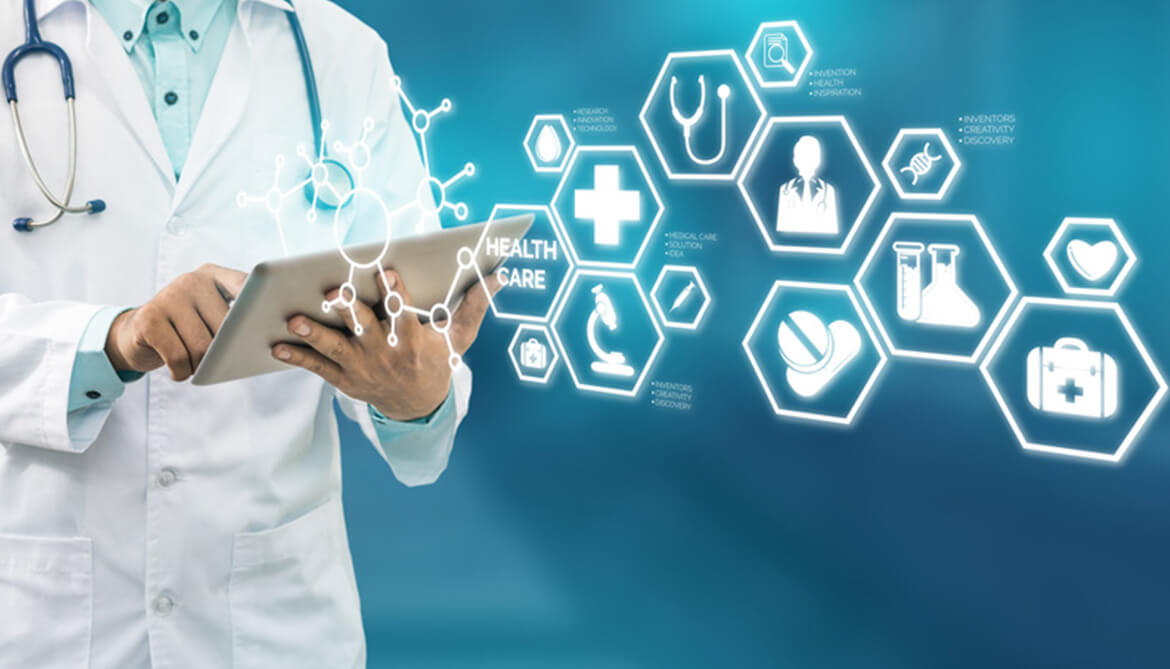By Jay Lechtman, Vice President, Strategy & Innovation, Healthcare
Healthcare provider organisations (HPOs) are starting to recognize the value of consolidating vendors and implementing an Enterprise Risk Management solution that is both holistic and comprehensive. But finding software – and a vendor – that can fulfill the promise of a true integrated solution for Enterprise Risk Management in healthcare can be tricky.
Part of the challenge is confusion in terminology. Enterprise Risk Management – or ERM for short – is used by the American Society of Healthcare Risk Management (ASHRM), while other groups use the term Governance, Risk & Compliance – or GRC. Still others use the term ERM but provide little or no ability to integrate risk management practices and data across the departments and functions of the enterprise.
What is Enterprise Risk Management in the Healthcare World?
True ERM integrates risk management across the HPO. It breaks down departmental silos and helps all disciplines work together more efficiently. It also recognizes that risks are interrelated, helps eliminate duplicate efforts, and provides the big-picture view necessary to identify trends and potential risks early enough to do something about them.
Equally important to understand is what ERM is not. It is not just one more risk management tool that coexists alongside a stable of separate tools for patient safety, compliance, or patient experience.
What to Look for in Healthcare ERM Software
Technology is critical to implementing ERM. But not all healthcare ERM solutions are actually capable of providing an enterprise view of risk. And that enterprise view is the whole point of an ERM solution. It’s the enterprise-wide integration of risk information that helps you get more done with fewer resources, better protect patients, and build a culture of safety – all at the same time.
Practically speaking, what goes into an integrated, enterprise-wide view of risk? Healthcare ERM software connects the dots between a multitude of functions – patient safety, provider quality management, root cause analysis, risk and insurance, and more.
All patient-related data is in one place, allowing for faster, easier, deeper analysis. With all data housed in one platform, you have the unobstructed vision necessary to pick up on small warning signs and trends before they evolve into bigger problems – or even catastrophic events.
Once you’ve established that the ERM software under consideration truly supports an integrated, enterprise-wide view, here are a few more questions to ensure you get the solution and functionality you need:
- How secure is the system? Healthcare data is sensitive. Make sure your vendor offers end-to-end security in the form of password policies, security roles, encryption, and audit logs. Vendors with a cloud-based platform should be able to explain how the data is secured and guarded. Data centres also should be audited regularly.
- How reliable is the platform? Look for a platform that is fast and reliable. Software should provide information on-demand, with virtually no wait times for queries, searches, or analysis. Invest in a system with minimal downtime from a vendor that offers up-to-the-minute details on planned maintenance.
- Is it scalable? Healthcare is always changing, and risks are always evolving. Give priority to a system that can grow with your needs without costly and time-consuming overhauls.
- Who should be included in the buying process? ERM touches many functional areas, and it’s important for all voices to be heard.
- Can we take the software for a test drive? Take the time to request a demo. How easy and intuitive is the user experience? Are all the features you need accessible from a tablet, phone, and laptop? Are the reports and analytics sophisticated enough for your needs? And are they easy to create?
- Whom will we be working with? Technology is great, but people make the real difference. You want to work with people you like and trust. Will the person answering your call know you, your organisation, and the healthcare industry – and will they be able to resolve issues within a reasonable amount of time?
- What about service? Find out what type of support is offered – phone, online portal, or email – and the guaranteed response time.
- What is included? Have a clear understanding of what features and services are included in the pricing structure, and what it might cost if your needs change.
- Will you have our back? Always make sure the vendor has demonstrated expertise in the healthcare industry, as well as technology and risk – and the longevity and resources to go the distance with you.
Look beyond the label when evaluating ERM software contenders. Ferret out the pretenders and find a solution that can break through the silos and pull all the pieces together for one powerful picture of healthcare risks.
True healthcare ERM will give you more powerful insights for better decision-making – and ultimately help you deliver the best care in the safest environment.
If you’re ready for healthcare ERM software, download our RFP Template for Healthcare, which can be easily modified to suit your needs.
To learn more about ERM in the healthcare industry, check out our e-book, Rx for Risk, ERM in the Healthcare Industry.




